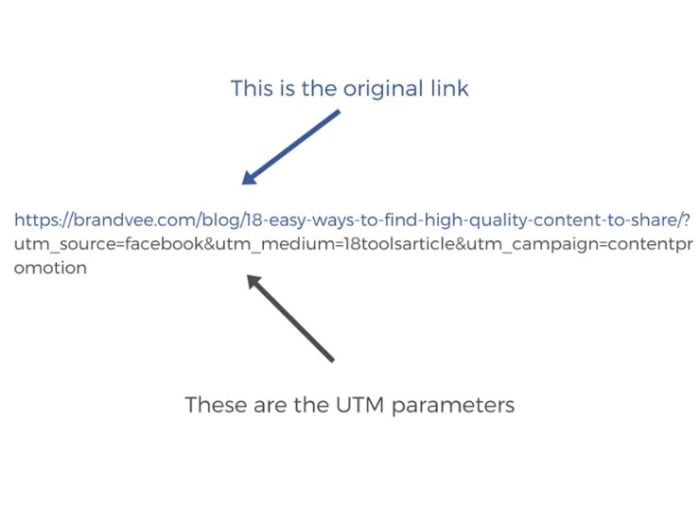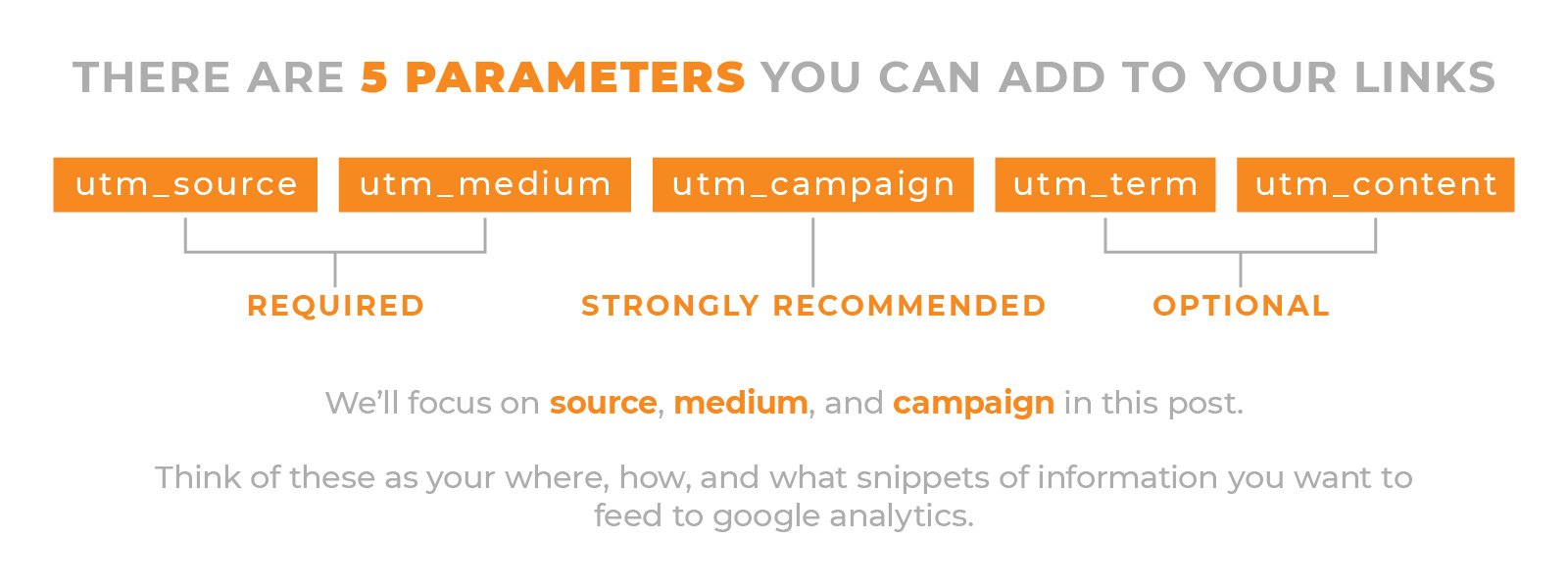What Are UTM Parameters?
UTM parameters, short for Urchin Tracking Module, are small text codes added to URLs to help track the performance of online marketing campaigns. These parameters allow marketers to understand where website traffic comes from and which marketing efforts are most effective.
How Do UTM Parameters Work?
UTM parameters work by appending specific tags to the end of a URL. When a user clicks on a link with these tags, analytics software like Google Analytics can track the source of the traffic, the type of marketing channel used, and other relevant details. This information helps marketers evaluate the success of their campaigns and make informed decisions about future marketing strategies.
Types of UTM Parameters
There are five core UTM parameters:
utm_source: Identifies the source of the traffic, such as a social media platform or email newsletter.utm_medium: Specifies the marketing channel, like social media, email, or paid advertising.utm_campaign: Names the specific campaign, allowing marketers to track performance across different campaigns.utm_term: Used to track specific keywords in paid search campaigns.utm_content: Helps identify which specific element of an ad or promotion was clicked.
Example of UTM Parameters in a URL
https://example.com/?utm_source=facebook&utm_medium=social&utm_campaign=summer_sale&utm_term=sale&utm_content=video_ad
In this example, the URL includes UTM parameters to track traffic from Facebook (utm_source=facebook), via social media (utm_medium=social), as part of the summer sale campaign (utm_campaign=summer_sale), targeting the keyword "sale" (utm_term=sale), and specifically from a video ad (utm_content=video_ad).
Tools for Creating UTM Parameters
Marketers often use tools like the Google Analytics URL Builder to create and manage UTM parameters efficiently. These tools help ensure consistency and accuracy in tracking campaign performance.





